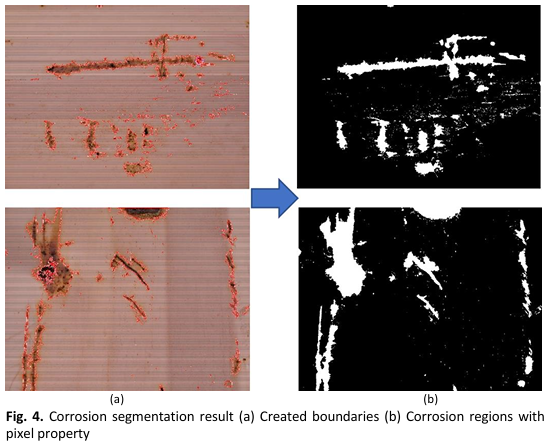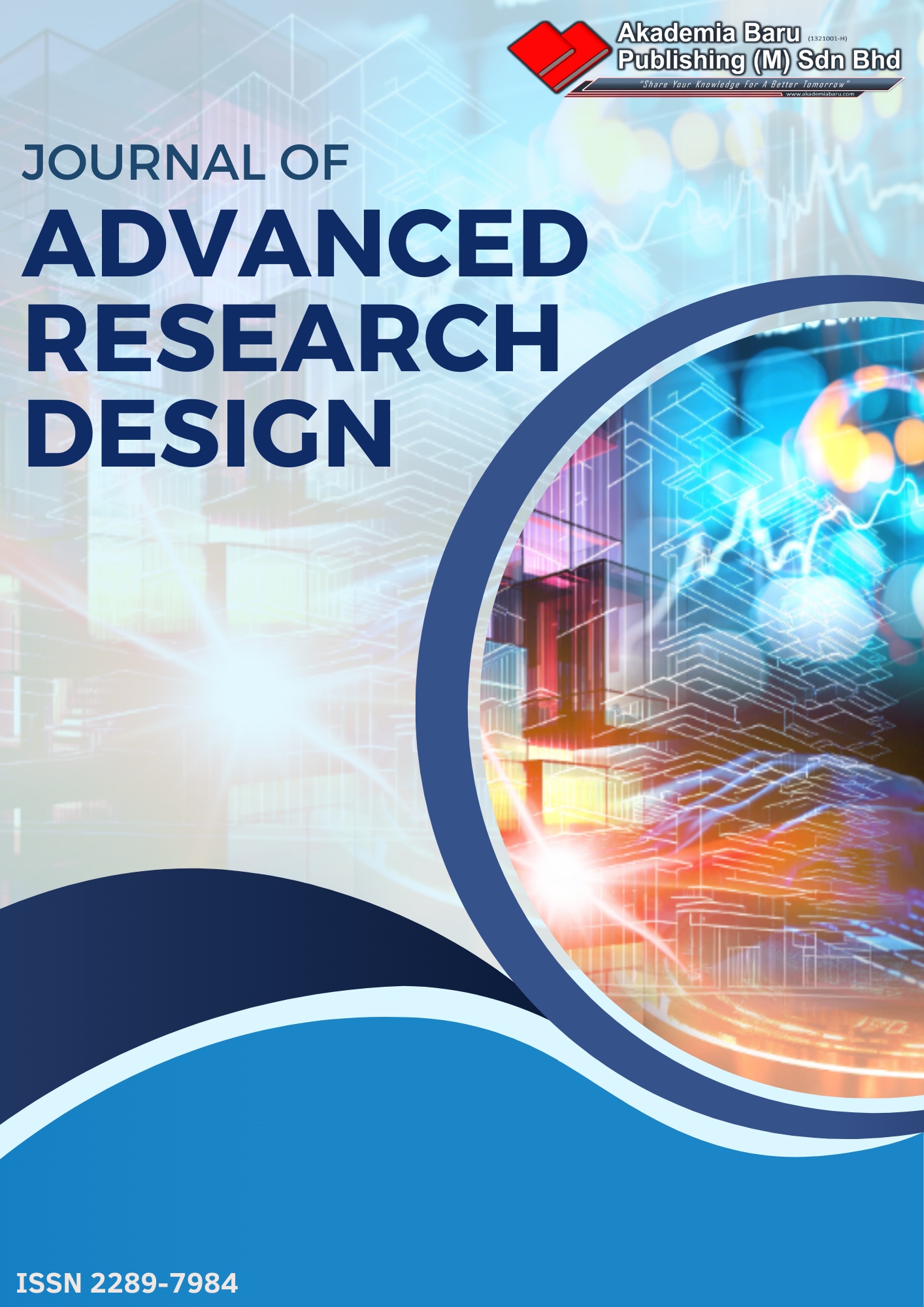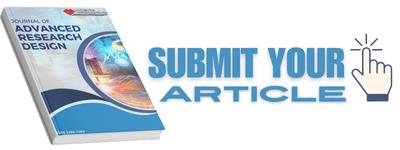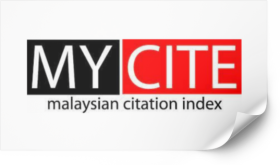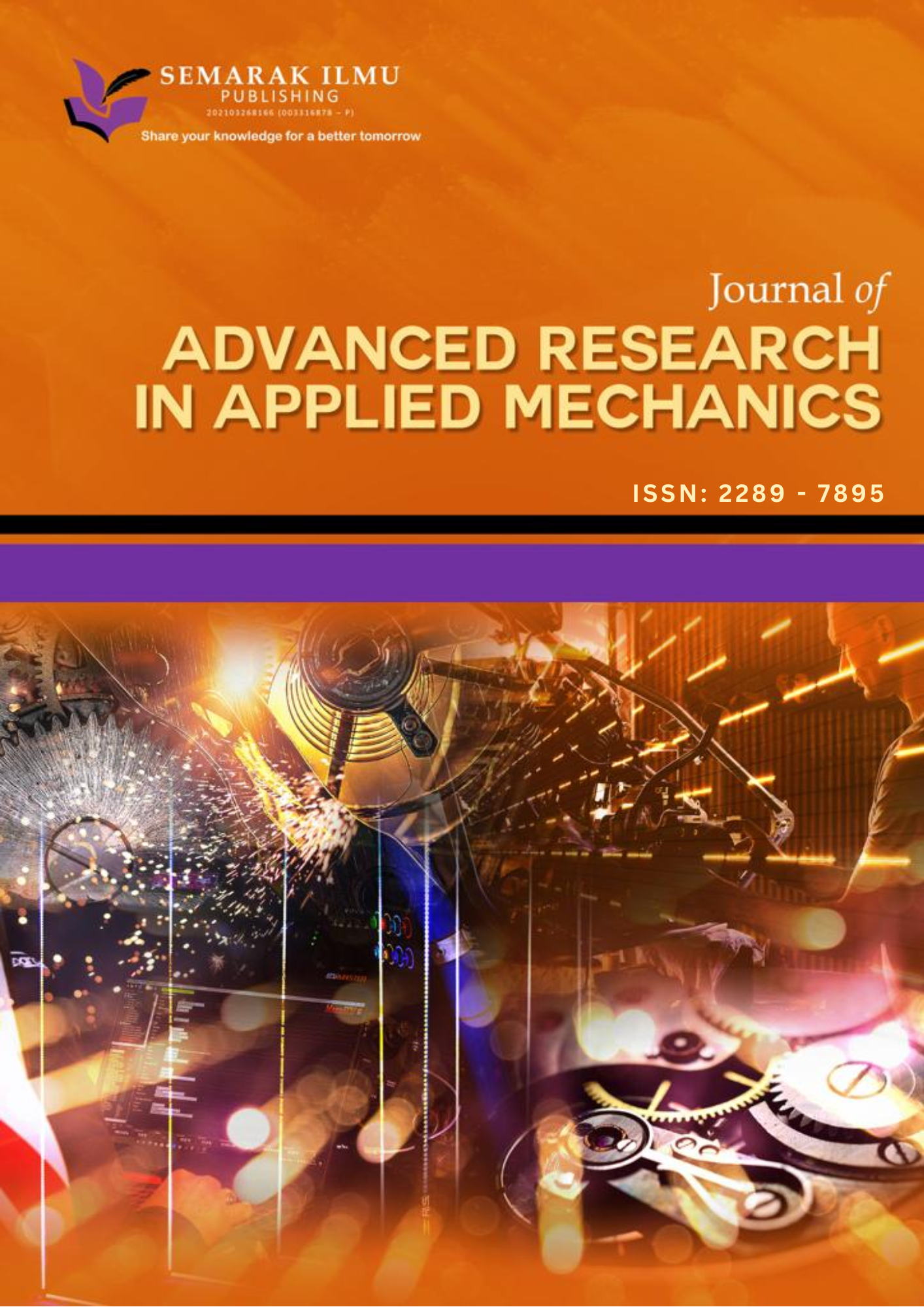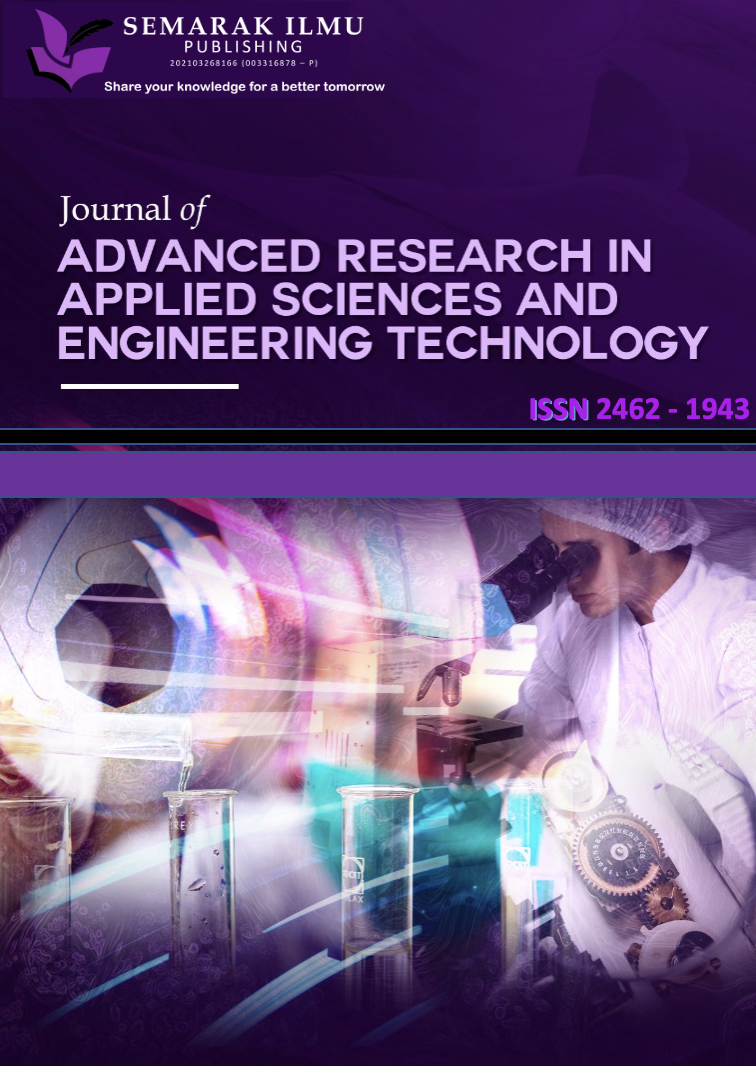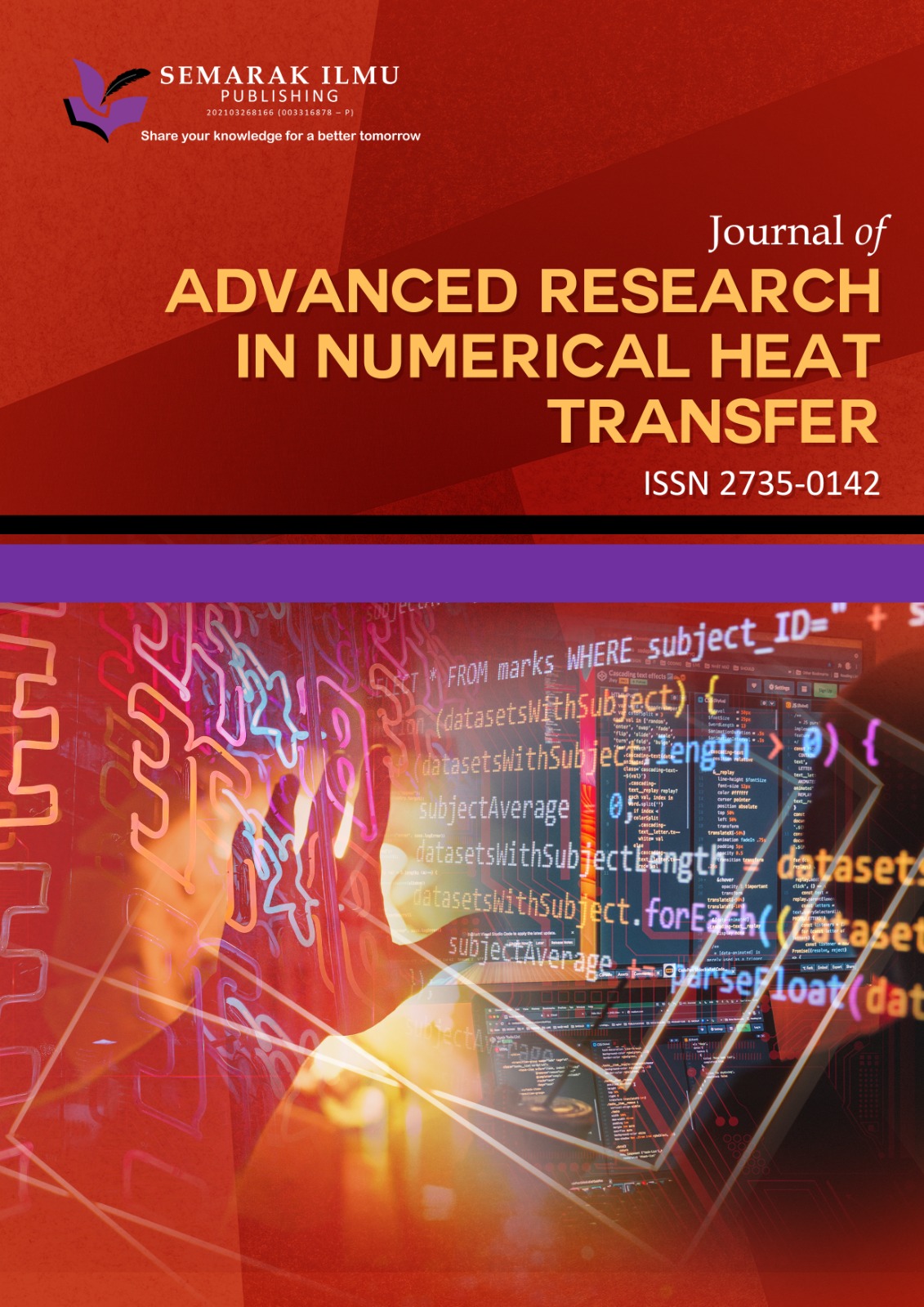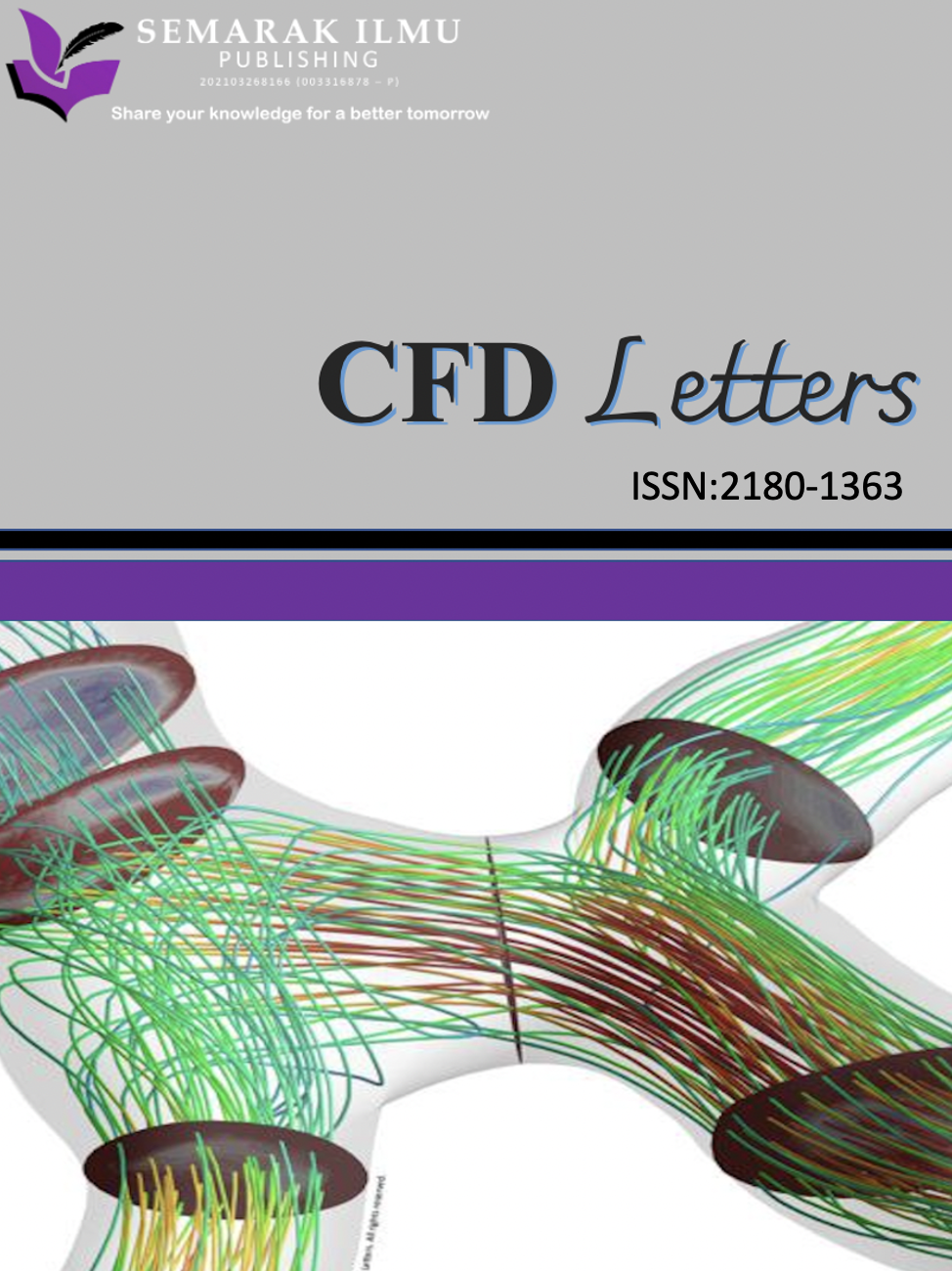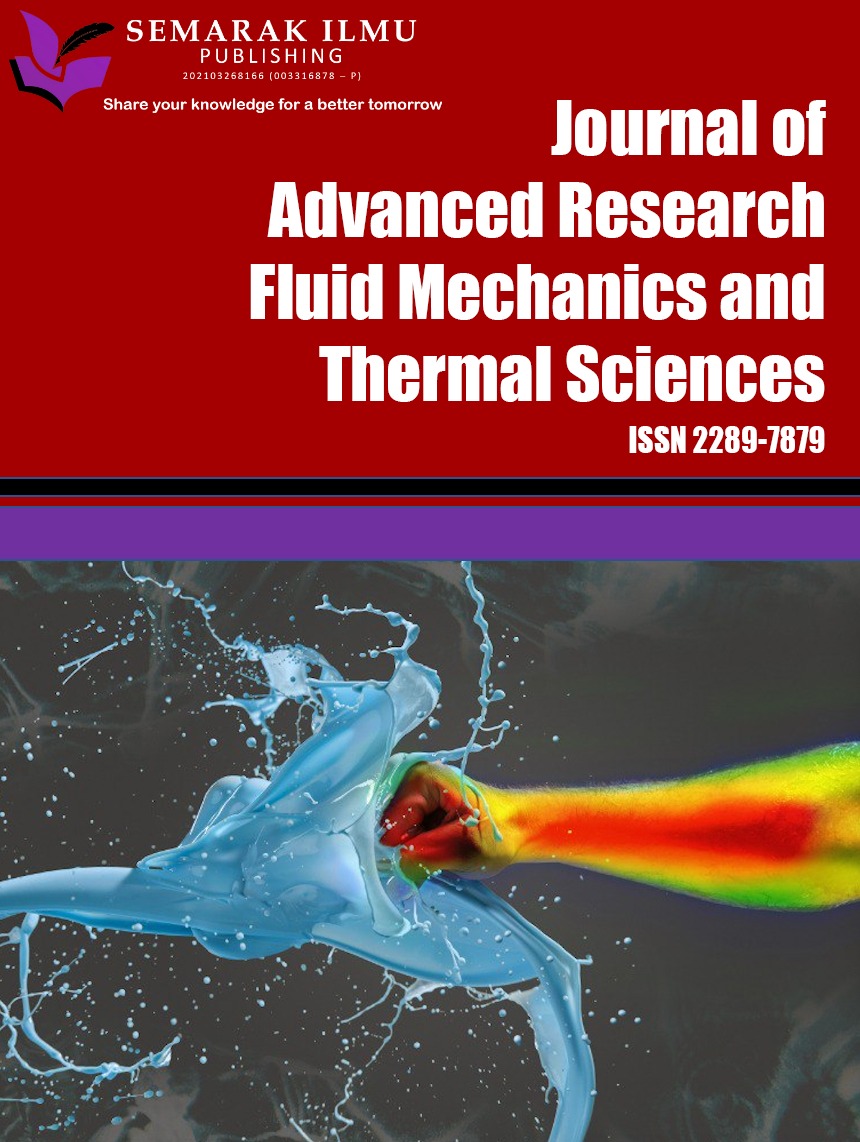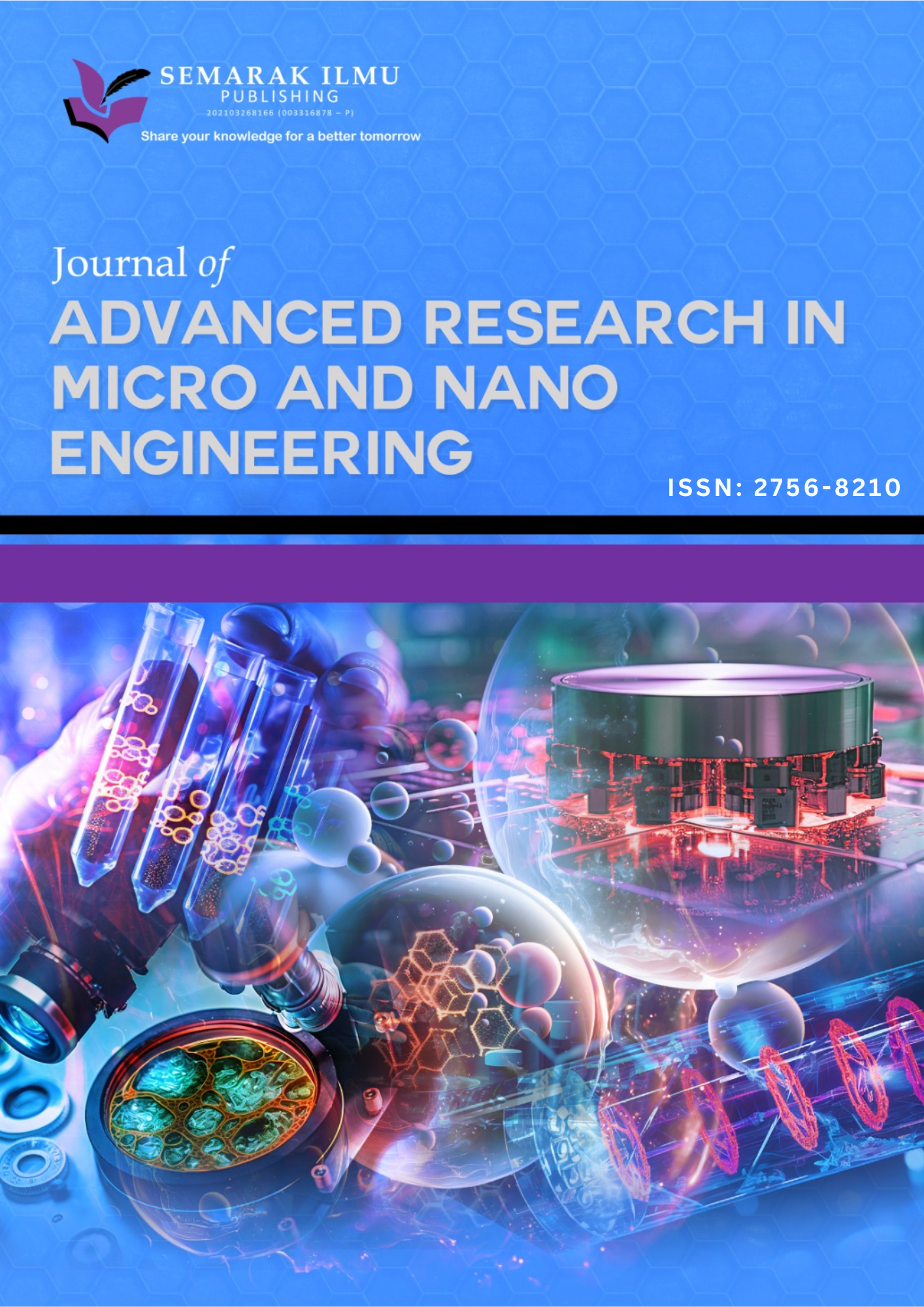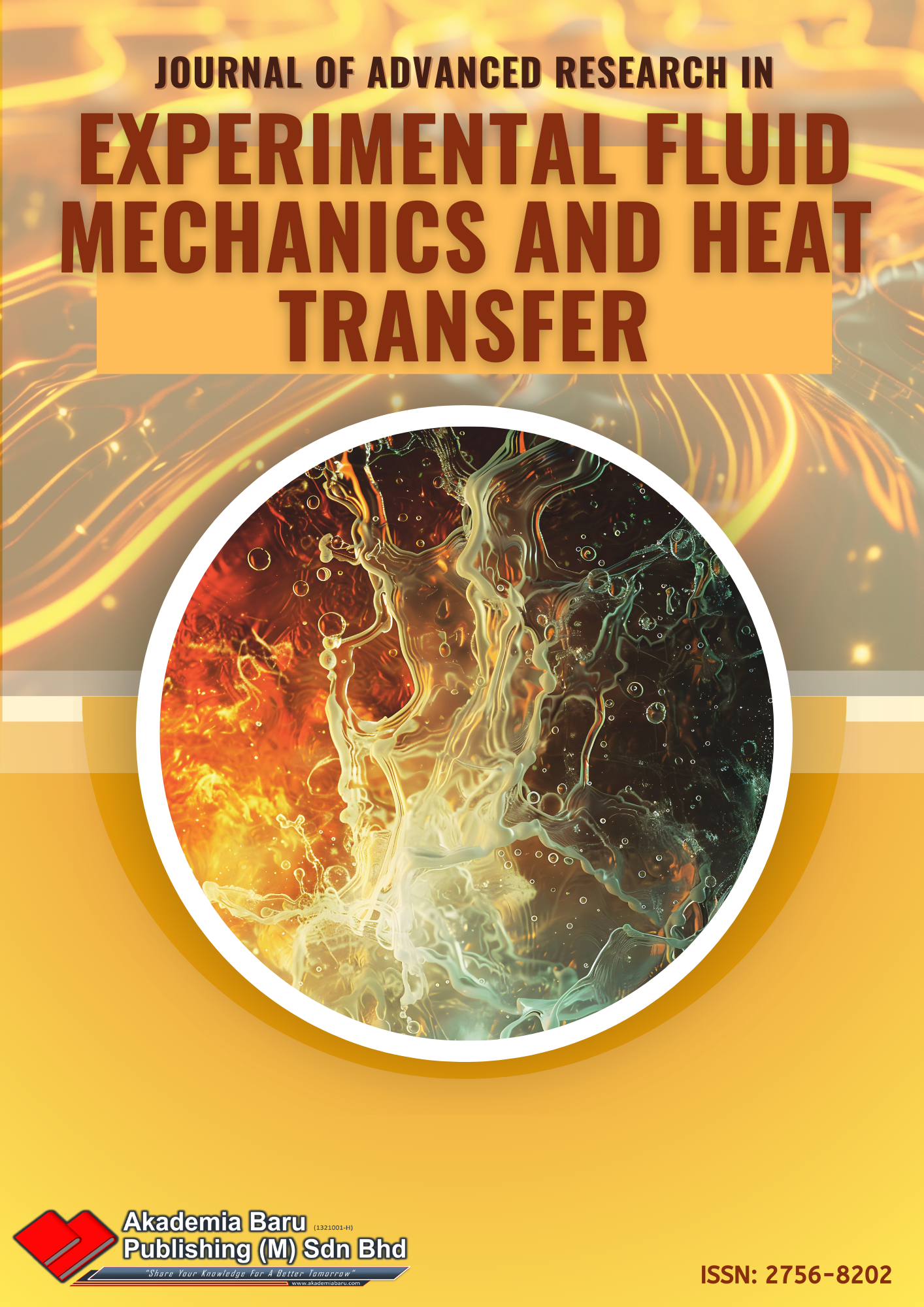Accurate Corrosion Detection and Segmentation on Ship Hull with Pixel Property Method
DOI:
https://doi.org/10.37934/ard.129.1.148163Keywords:
Corrosion detection, Ship hull, Pixel property method, Image processing, High accuracyAbstract
The ship's hull is primarily exposed to salt-laden sea spray and high moisture, making it susceptible to corrosion. This has become a major issue in the shipping industry, as corrosion weakens the ship's structural integrity, necessitating expensive maintenance and posing safety concerns. Despite the latest advancements in corrosion maintenance technology, it is essential to detect corrosion as early as possible using computer vision or image processing techniques. However, both approaches have limitations when it comes to detecting weak corrosion boundary and blurry prominent corrosion features. Therefore, the primary objective of this research is to accurately detect corrosion boundaries on the ship's hull using pixel property method. Firstly, data acquisition is performed to identify suspected corrosion regions on the ship's hull. Next, a threshold is calculated by averaging 100 corrosion images of the ship's hull. Afterward, each pixel in the image is analysed to determine the connected components of the corrosion areas. The pixel list and area coordinates are collected after analysing all connected components. Large connected components are merged into a single larger region using morphological closing and flood-fill operations. Finally, the pixel property method is applied using the pixel list and area coordinates to accurately detect corrosion boundaries on the ship's hull. According to the results, the proposed method successfully detected corrosion regions on the ship's hull with a high level of accuracy. Furthermore, the robustness of this method was demonstrated by its ability to segment the weak corrosion boundary and blurry prominent corrosion features on the ship’s hull. These findings indicate that the proposed method is highly accurate for detecting corrosion on ship hulls.
Downloads
